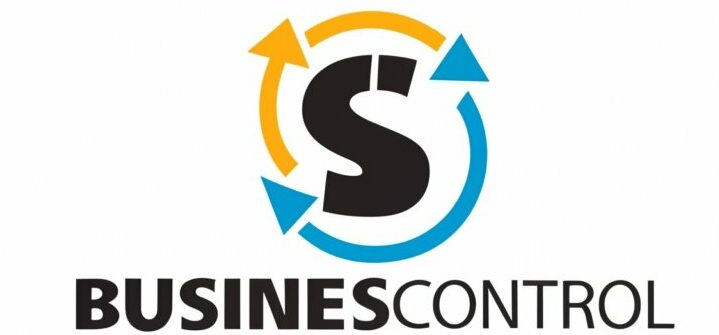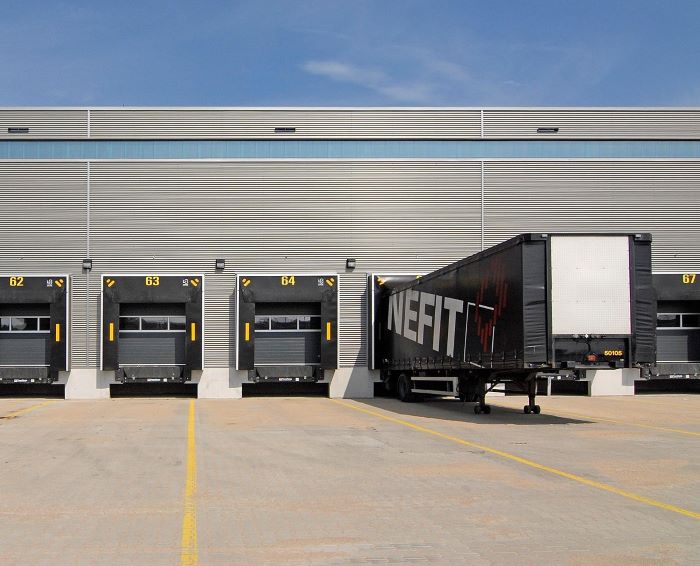Choosing the right dock leveler for your loading dock is suitable for maximum efficiency, safety, and reduced operational disturbance. Since many types of dock levelers are available in the market, each one designed and manufactured to fit specified requirements and challenges, it calls for a study regarding their functionalities advantages, and liabilities. The following guide goes a long way to help you decide the most appropriate dock leveler to use, considering general dock leveler problems and how to go over them.
Understanding Dock Levelers
Dock levelers are mechanical devices that connect the trailer to the dock while allowing for and compensating different levels of trailers in the dock leveler section. The main types of dock levelers include mechanical, hydraulic, air-powered, and vertical dock levelers, offering unique benefits.
Types of Dock Levelers
1. Mechanical Dock Levelers
Overview: Mechanical dock levelers are the oldest form. They do not use any motor to power it. They just contain springs and levers that, by operation, will level the platform alive.
Advantages:
Economical: Mechanical dock levelers generally cost less to buy.
– Easy to use: They do not need power sources, making them cheap to operate.
– Highly reliable: fewer electronic components reduce possible failure points.
Dock Leveler Issues:
– Manual Operation: Takes more physical effort, which results in worker fatigue.
– Maintenance – some springs and mechanisms may experience wear and, therefore, demand regular maintenance.
– Safety: Manual operations can be of some danger if not carried out in due consideration.
2. Hydraulic Dock Levelers
Overview Hydraulic dock levelers use a hydraulic system to raise and lower the platform. The result is smooth, effort-free operation.
Advantages:
– Ease of Use: This is operated with a push button, thereby reducing physical strain on the workers.
– Durability: Hydraulics are more durable and, hence tend to require less maintenance.
– Safety: Built-in safety features like velocity fuse limits fall speeds, enhancing safety.
Dock Leveler Issues:
• Higher Cost: Above a mechanical leveler in the initial cost.
– Power Dependency: Needs the existence of power hence it is limiting at times of power failure.
Maintenance: Hydraulic systems are generally reliable but are susceptible to problems with fluid leakage.
3. Air-Powered Dock Level
Overview: These dock levelers apply an airbag lifting and lowering platform system, combining the best of both medium mechanics and hydraulic levelers.
Advantages:
– Low maintenance: Involving few moving parts ensures minimum wear and tear in the system.
Safety: Smooth operation avoids the risk of causing an injury.
– Environment-friendly: Unlike hydraulic systems, air-powered systems avoid the risk of any emanations of hydraulic fluids that can damage the environment.
Dock Leveler Issues:
—Strength of the airbag: airbags are prone to being punctured or getting worn out over time.
– Price: Generally higher priced in comparison to mechanical levelers.
– Power Requirement: Relatively power-consuming, as a power source is needed to run the air pump.
4. Vertical Dock Levelers
Flagship Summary: Vertical dock levelers lie in the upright position inside the building, providing better environmental control and security.
Advantages:
– Environment Control: Roughly translates into maintaining interior climate controls by sealing off the dock door completely.
– Security: It automatically constitutes a secure barrier when not in use, which stops unauthorized people.
Hygiene: Perfect for places with high levels of sanitation, like food or pharmaceuticals.
Dock Leveler Problems:
– Space Requirement: Requires more indoor space for vertical storage.
– Higher Initial Cost: Typically more expensive due to advanced features.
– Installation of complex structure: The installation can be a little complex and time-consuming.
Factors to Consider in Choosing Your Next Dock Leveler
Consideration the following when choosing the right dock leveler to make sure that it meets your facility’s needs:
1. Frequency of Use: Docks with a high frequency of use are well-served by hydraulic or air-powered levelers because of the simplicity of operation and the user’s ability to manipulate.
2. Load Weight: Ensure that your dock leveler can withstand maximum load weights imposed by your products and equipment.
3. Climate Control: For facilities requiring strict environmental controls, vertical dock levelers offer superior sealing capabilities.
4. Space constraints: This factor is necessary to evaluate the available space for installation and operation to select the most suitable type.
5. Budget: Initial costs should balance with long-term maintenance and operational expenses.
6. Maintenance Needs: We consider the maintenance requirements of each type of dock leveler compared to one another to ensure frequency and ease of repair don’t disrupt operations.
7. Safety Features: Get dock levelers built advanced with the latest available features for protecting your employees and equipment.
Fix Common Dock Leveler Problems
Despite their benefits, dock levelers are not immune toward experiencing problems that can compromise their performance and safety. Here are some of the most common dock leveler problems and their solutions:
1. Mechanical Failures – Issue: Mechanical dock levelers mostly have springs and levers whose wear might cause operational problems in the long run.
– Solution: Inspect and replace worn parts on a regular basis. Implement a maintenance schedule to ensure consistent performance.
2. Hydraulic Leaks
– Problem: Hydraulic dock levelers are notorious for leaking and, therefore, provide less than optimum performance.
– Solution: Conduct routine inspections to identify and fix leaks early. Keep hydraulic fluid levels in check and replace seals as needed.
3. Airbag Punctures
Problem: Air-powered dock levelers may be subject to punctured airbags and therefore lose effectiveness.
Solution: Inspect airbags regularly for wear and tear. Have defective airbags immediately replaced with one that is new to maintain functionality?
4. Electrical Issues
Issue: Hydraulic and air-powered levelers rely on the electrical system, which can degrade or fail.
– Solution: All electrical components must be serviced and checked periodically. Install a backup power source or a manual override unit.
5. Misalignment
– Issue: Misalignment can make the dock levelers operate inefficiently or unsafe.
– Solution: Inspect dock leveler and dock door alignment periodically: Make adjustments as and when required to ensure equipment is in proper operation condition.
6. Wear and Tear
– Problem: By general wear and tear, dock levelers lose the integrity of performance and safety. Solution: Put in place a proactive program for maintaining the dock leveler—including lubrication, parts replacement, and regular inspection to improve its service life.
Conclusion
The correct dock leveler for your loading dock is one of the critical factors when improving your operational effectiveness while ensuring safety and reducing possible downtime. Whether you decide upon a mechanical, hydraulic, air-powered, or vertical dock leveler, understanding the specific benefit of and dock leveler problem each type may present can guide you in making an informed decision for within every building’s needs, including but not limited to loading frequencies, load weights, the potential need for climate control, space restrictions, budget restrictions, time spent on maintenance, and safety qualities. Common dock leveler issues, when taken care of through proper maintenance and proactive management, offer the necessary support for the user-determined attire of your chosen dock leveler toward the function of smooth and safe activities while picking or dropping. This, the right dock leveler will surely provide a way for operational efficiency and also lead to a safer and more productive working environment.











